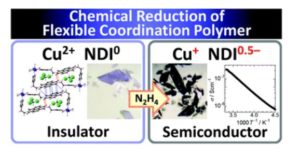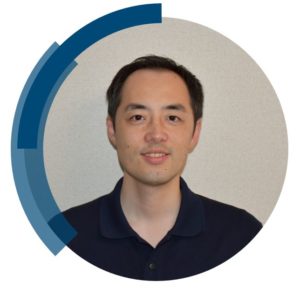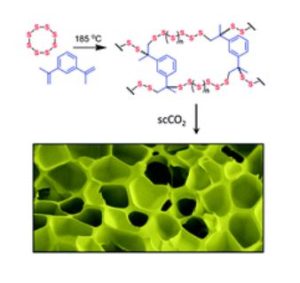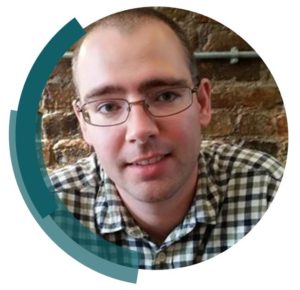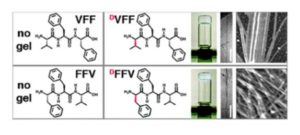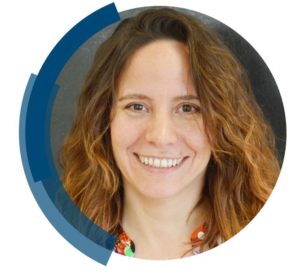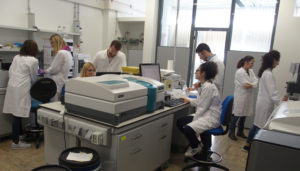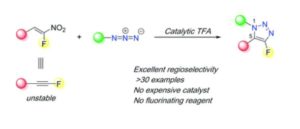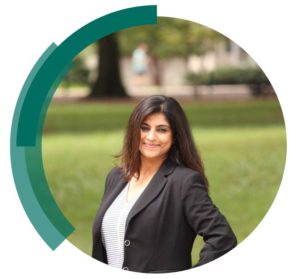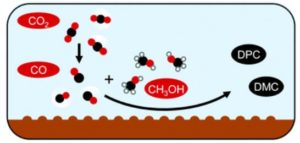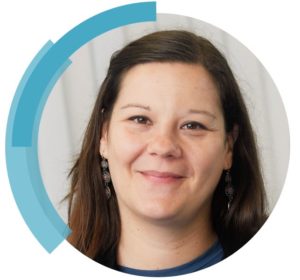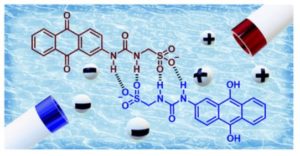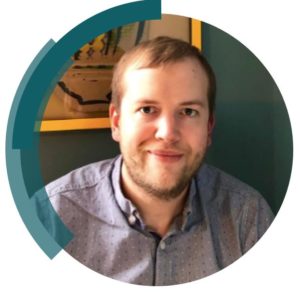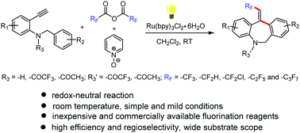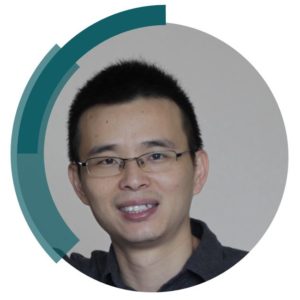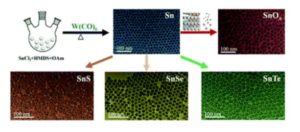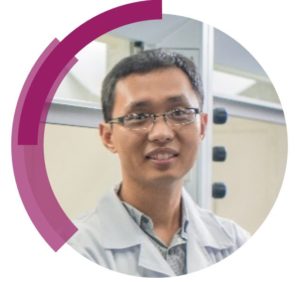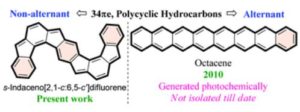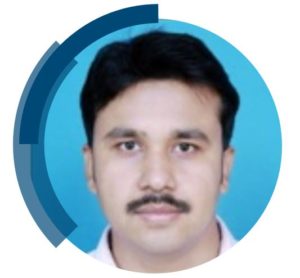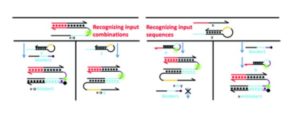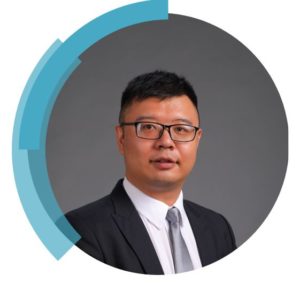We’re pleased to announce that Hiroaki Iguchi reached a ChemComm Milestone this year when he published his first independent research article in our journal. Check out Hiroaki’s #ChemComm1st article: ‘Emergence of electrical conductivity in a flexible coordination polymer by using chemical reduction‘. This Communication also features in our new themed collection on Functional Coordination Networks.
Find out about Hiroaki’s experiences as a first-time author in our interview below.
What are the main areas of research in your lab and what motivated you to take this direction?
The main direction of our research is to synthesize new solid-state materials with low-dimensional electron systems and to control their electronic states by external stimuli. So far, the discoveries of new electronic states have developed new materials such as high-temperature superconductors, quantum spin liquids and topological insulators. Since various electronic states can be stabilized in the materials with 1D and 2D electron systems, they are promising platforms for exploring new electronic properties. Recently, we are investigating molecular crystals with low-dimensional electron systems such as porous molecular conductors (PMCs), whose electronic properties can be controlled by molecular desorption/adsorption as the “chemical” external stimuli.
Can you set this article in a wider context?
Postsynthetic carrier doping is the essential technique to prepare electron-conductive pi-conjugated polymers. Some voids among the loosely packed polymer chains accommodate dopant molecules or ions, yielding the carrier doping. In contrast, the postsynthetic carrier doping in the densely packed molecular crystals is difficult due to the lack of voids. In this work, we found that the introduction of flexible ethylene moieties in the coordination polymer (CP) backbone enabled the postsynthetic carrier doping even in the densely packed molecular crystal. The flexibility played an important role in both forming π-stacked columnar structure (conduction pathway) and transforming the crystal structure under the redox reaction. Moreover, this work also indicates that the chemical doping in flexible CPs can be alternative way to prepare conductive CPs with rare through-space conduction pathway.
What do you hope your lab can achieve in the coming year?
Recently, we are actively studying porous molecular conductors (PMCs), which are new conductive porous materials sharing features of both metal-organic frameworks (MOFs) and molecular conductors. The research is still in the early stage, and we are working hard to establish the methodology for syntheses and guest-induced functional switching of PMCs. I hope we can report more PMCs and their fundamental physical properties in the coming year.
Describe your journey to becoming an independent researcher.
When I studied MMX-type chain complexes in my PhD course, my supervisor, Prof. Masahiro Yamashita told me, “Why are you still dealing with classic research? You have to challenge something new.” Then I became serious about creating new ideas for preparing novel organic-inorganic hybrid materials. Although all of them did not give results that I expected, I enjoyed my research life with a high degree of freedom. At that time, I found a new conductive molecular crystal containing naphthalenediimide (NDI) moiety, and hence I felt that NDI can be used as a conductive block molecule. After I became assistant professor in Prof. Masahiro Yamashita’s group, Masahiro gave me a chance to develop this idea. After his retirement in this March, I have managed my subgroup and actively studied conductive CPs with NDI or other π-conjugated moieties.
What is the best piece of advice you have ever been given?
My previous boss, Masahiro, was often asked, “What is science?” His answer was “Science is to create new scientific fields. Science should be not No.1 but only one.” Although I am still considering my answer, I will try my best to propose some new research concepts in the sea of science.
Why did you choose to publish in ChemComm?
I think that ChemComm is one of the world’s leading journals in the field of general chemistry. At the time I was thinking of preparing work for ChemComm, I received an invitation to submit a paper for a themed collection on “Functional Coordination Networks.” It was so timely that I decided to prepare and submit a manuscript.
We hope you enjoyed learning about Hiroaki’s experiences becoming an independent researcher and some of the background to his research. Find Hiroaki’s Communication in our collection ChemComm Milestones – First Independent Articles and follow the hashtags #ChemComm1st and #ChemCommMilestones for more on our Twitter.


